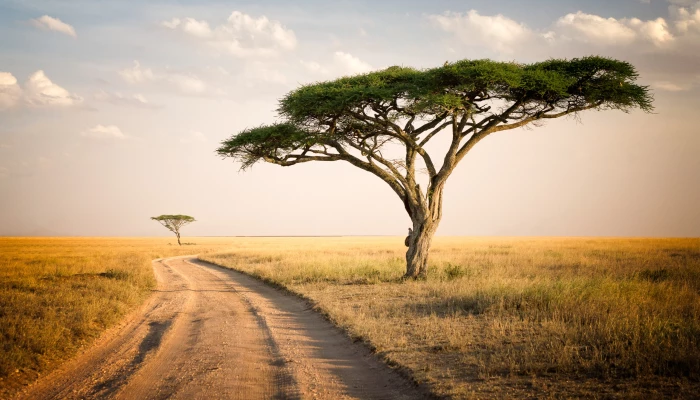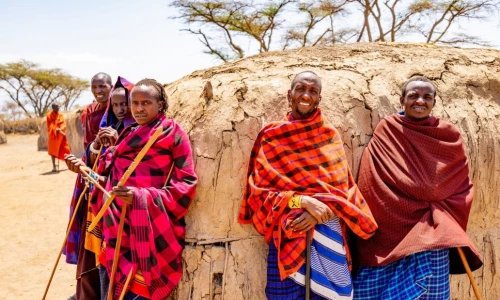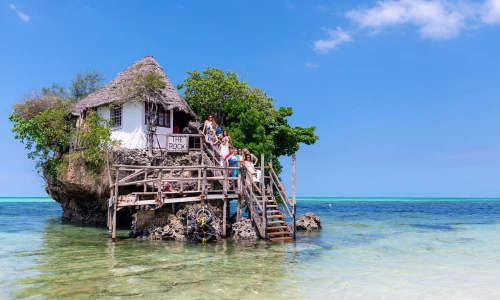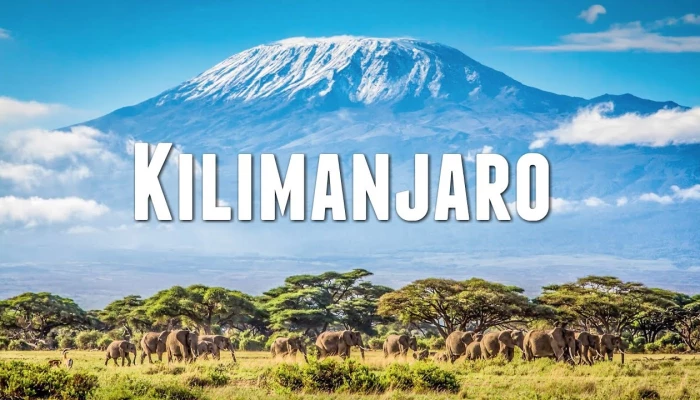Interesting facts about serengeti making it a top safari destination
Related Articles

Interesting facts about Serengeti Making it a top safari destination.
Home to one of the world’s greatest concentrations of wildlife and the majority of the Great Wildebeest Migration,
Home to one of the world’s greatest concentrations of wildlife and the majority of the Great Wildebeest Migration,
Home to one of the world’s greatest concentrations of wildlife and the majority of the Great Wildebeest Migration, Serengeti National Park is Tanzania’s flagship conservation area and a must-do for first-time and returning safari goers alike. Translated from the Maa language as ‘the land that moves on forever’, the Serengeti’s vast rolling grasslands and golden savannah give travelers a soul-stirring sense of space. Although it is most famous for supporting millions of wildebeest, there are also sizable populations of zebra, buffalo, elephant giraffe, and myriad gazelle and antelope species. And where there are plains game aplenty, predators like lions, leopards, cheetahs, hyenas, and wild dogs are sure to follow. Top Features and Attractions: It’s not hard to see why the Serengeti continues to retain the top spot among game reserves on the continent. It does deliver on all fronts, including: The Vast Plains – The southern area of Serengeti comprises great savannah plains that provide ample grazing for millions of animals during the rainy season, usually from December to May. This is the season for fattening up both for the herbivores and the predators. During the dry season, the lush greenery turns brown and the waterholes dry up, signaling the beginning of the Great Migration. The Woodlands and Forests – There are three types of woodlands in the Serengeti – Combretum and Terminalia trees in the north, almost forty Acacia species in the central and west, and Commiphora trees in the east. You can also find unique kopjes scattered amongst the grasslands. These little rocky hills are a natural habitat for a wide range of plants and animals. Witness The Annual Wildebeest Migration- The Great Wildebeest Migration is one of the last mass terrestrial animal movements left on the planet and the main reason why so many wildlife enthusiasts visit the Serengeti – especially at mid-year. Watching herds of biblical proportions move across the plains will stir your soul unlike anything else. It truly is one of Mother Nature’s greatest spectacles! The herds undergo challenges and hardships as they move from region to region, constantly under attack from predators like Africa’s big cats and the notoriously huge crocodiles that lie in wait at river crossing points. Excellent Year-Round Game Viewing- Such is the density of wildlife in the Serengeti that provides a spectacular safari experience no matter what time of year you visit. Although some of the wildebeest, zebra, and antelope migrate to fresh grazing, not all do and none of the predators move with the herds either. The open plains, wide grasslands, and temperate climate mean that the vegetation is never too thick to spot animals, and the weather is very seldom too inclement to venture out. When Is The Best Time To Visit The Serengeti? The best time to visit the Serengeti is from January to February or from June to October. However, the Serengeti’s density of wildlife offers a spectacular safari experience no matter what time of the year you visit. The park’s open plains and mild climate mean that vegetation is never too dense to see animals, and the region’s two short rainy seasons from November to December and March to April are rarely too unpleasant. Month By Month Guide For Travelling To The Serengeti: Visiting The Serengeti From January To March January is when the rolling plains of the Serengeti are a lush shade of emerald, there is hardly any dust, and the game viewing is excellent. The Ndutu Plains area is very popular during this period as the landscape is greener than other parts, with year-round resident wildlife such as elephants, giraffes, and various antelope species. It’s the wildebeest calving season during February which makes this the best time to go on a Serengeti safari to witness the many herds giving birth to their young. The wildebeest, zebra, and gazelles making their annual migration through the Serengeti National Park can be viewed in their thousands. March marks the end of the green season as the ‘long rains’ begin. The Serengeti enters a low season period when there are fewer safari crowds, and the migratory herds begin to leave the Ndutu region in the south and head west. The humidity rises during March, but this is the best time to go to the Serengeti for great rates on accommodation. Traveling To The Serengeti From April To June The Serengeti starts to see fewer visitors around April, which is mostly due to the humidity and wet weather during the month. It’s not generally considered the best time to visit the Serengeti, but it can be an ideal time to get off the beaten track and explore the remote corners of the park. There is very heavy rainfall throughout May and the camps and lodges in the Serengeti are relatively quiet. This is not the best time to visit the Serengeti for a safari unless you make your way to the central and western regions of the park to follow the Great Migration. June is the start of the popular dry season and is the best time to go to the Serengeti just before the peak safari season. This is when the Great Migration starts moving north, the dry conditions prevail across the land, and there is a slim chance of occasional afternoon thundershowers. Visiting The Serengeti From July To September Many visitors flock to the Serengeti from July to September to witness the Great Migration. River crossings are a spectacle during these months – quite often panic ensues within the herds as crocodiles waiting to pounce attempt to snatch them as they make their way across. There are more safari vehicles in the Serengeti National Park during this period than at any time of the year. August is peak season and generally considered the best time to witness the dramatic river crossings from the northern Serengeti into the Masai Mara. This is the best time to visit the Serengeti for prolific wildlife encounters as the herds are easier to spot and there are many predators around – you’ll see some of Africa’s big cats on the hunt! September is still very busy with visitors in the Serengeti National Park, especially on the Kenyan and Tanzania borders as the herds of animals travel over the Mara River in smaller batches. The southern parts of the park are quieter during September. Traveling To The Serengeti From October To December By October the plains of the Serengeti are mostly parched, but the dry season is now coming to an end. Although the Wildebeest Migration’s herds have made their way into Kenya, game viewing in the Serengeti National Park is still nothing short of spectacular. November is the beginning of the ‘short rains’ in the Serengeti National Park and is a quieter, low season. The rains bring fresh grasslands for grazing in the southern areas and it’s a good time to take advantage of lower rates. The rains continue and the scenery changes from dry dusty plains to rolling grasslands. The cycle of the Great Migration in the Serengeti continues in December. The migrating herds make their way to the southern plains of the Ndutu region where they prepare for the breeding season. The temperatures and the humidity begin to rise for the wet summer months. The festive season can be very busy, so it’s advisable to book your accommodation well in advance. Ready To Start Planning Your Serengeti Safari? Chat with someone who’s been there. Get in touch with one of our Africa Safari Experts to help tailor-make a trip to the Serengeti that’s right for you.
Afrima Luxury Travel
Luxury Safari Consultant Afrima Luxury Travel is a Tanzania Expert Safari company dedicated to sharing Tanzania's beauty and wonders with the world.
Was this article helpful?
25 out of 78 found this helpfulRelated Articles

Tanzania Culture Safaris

Zanzibar Beach Holidays

Mount Meru Tanzania

Tanzania Wildebeest Migration



